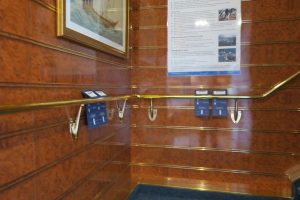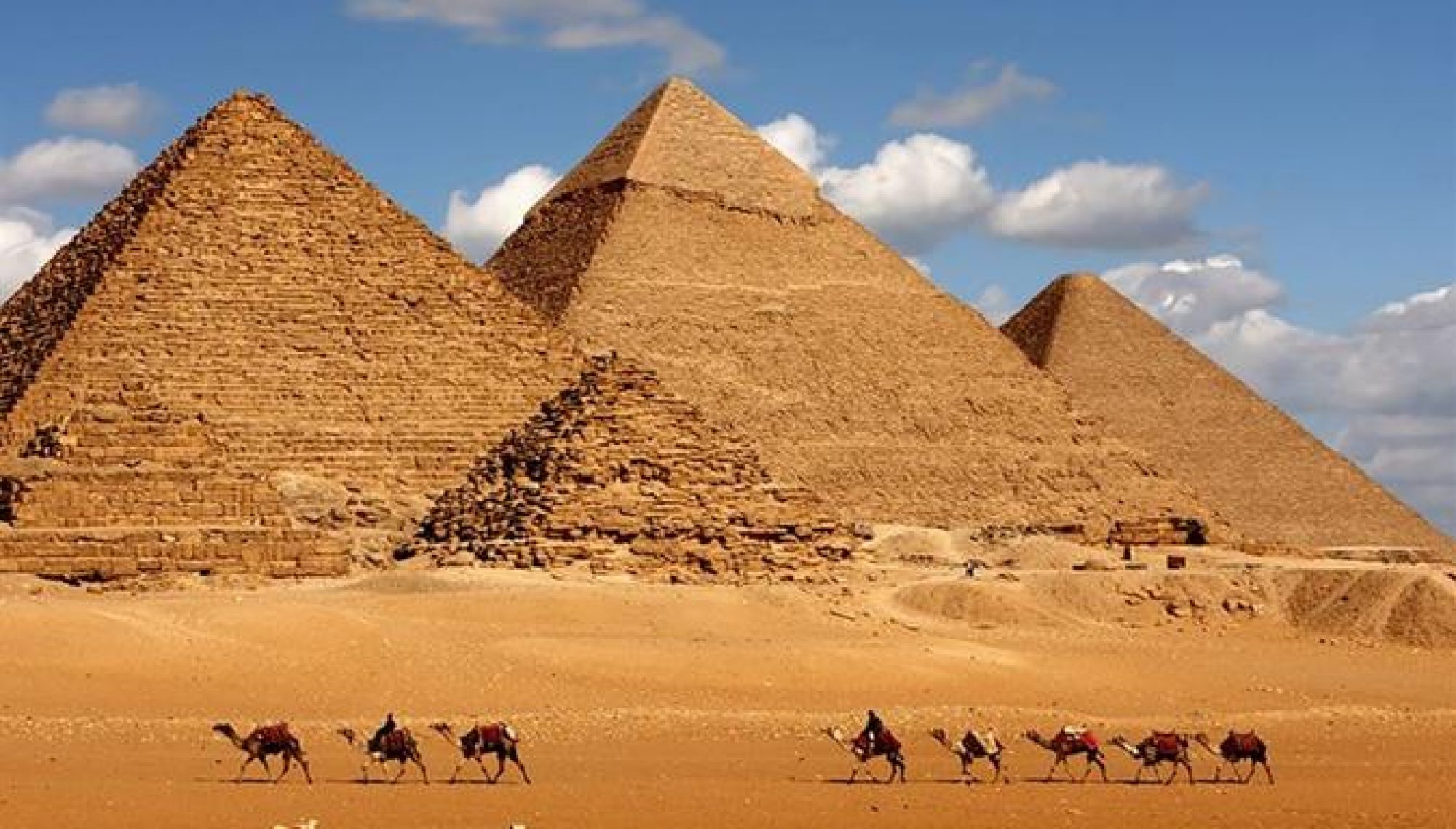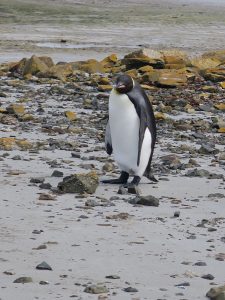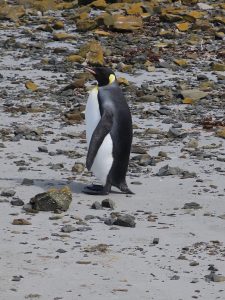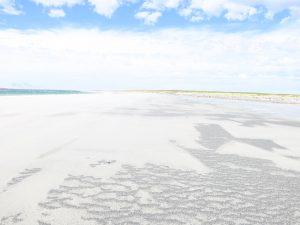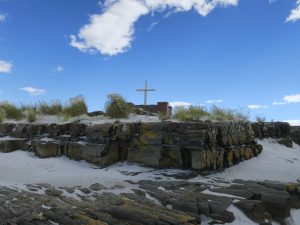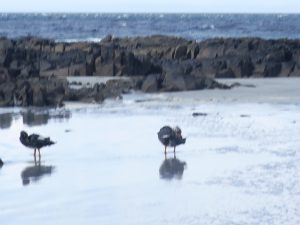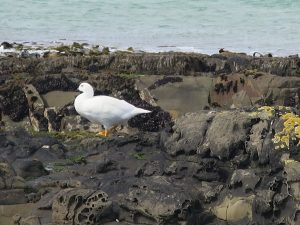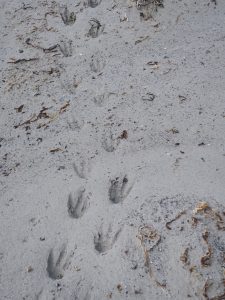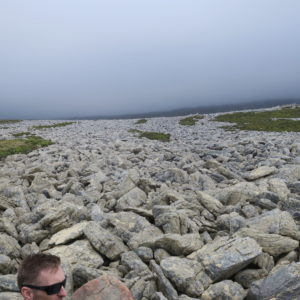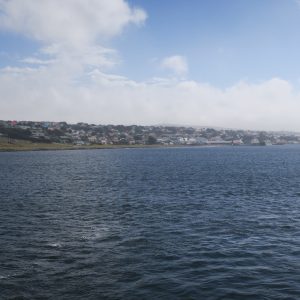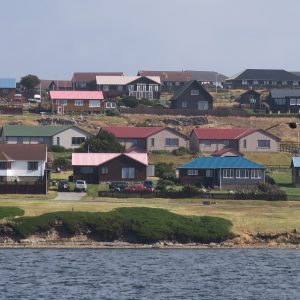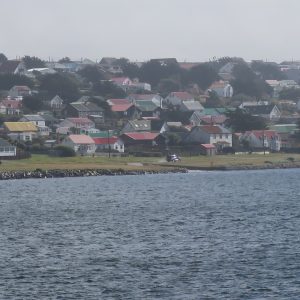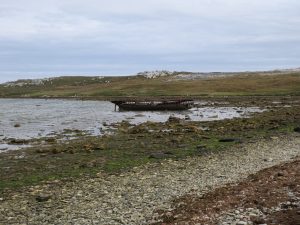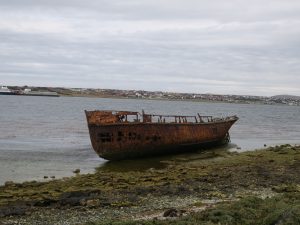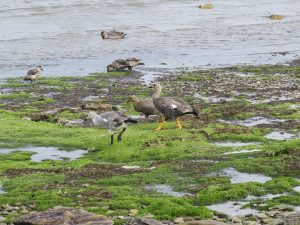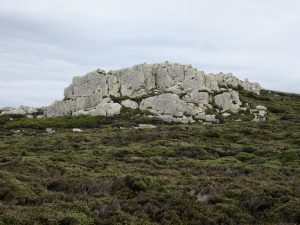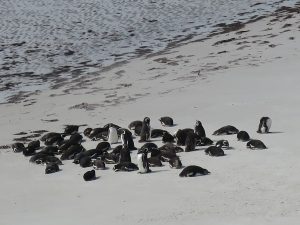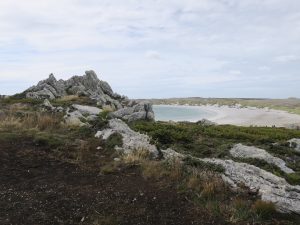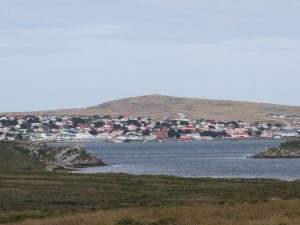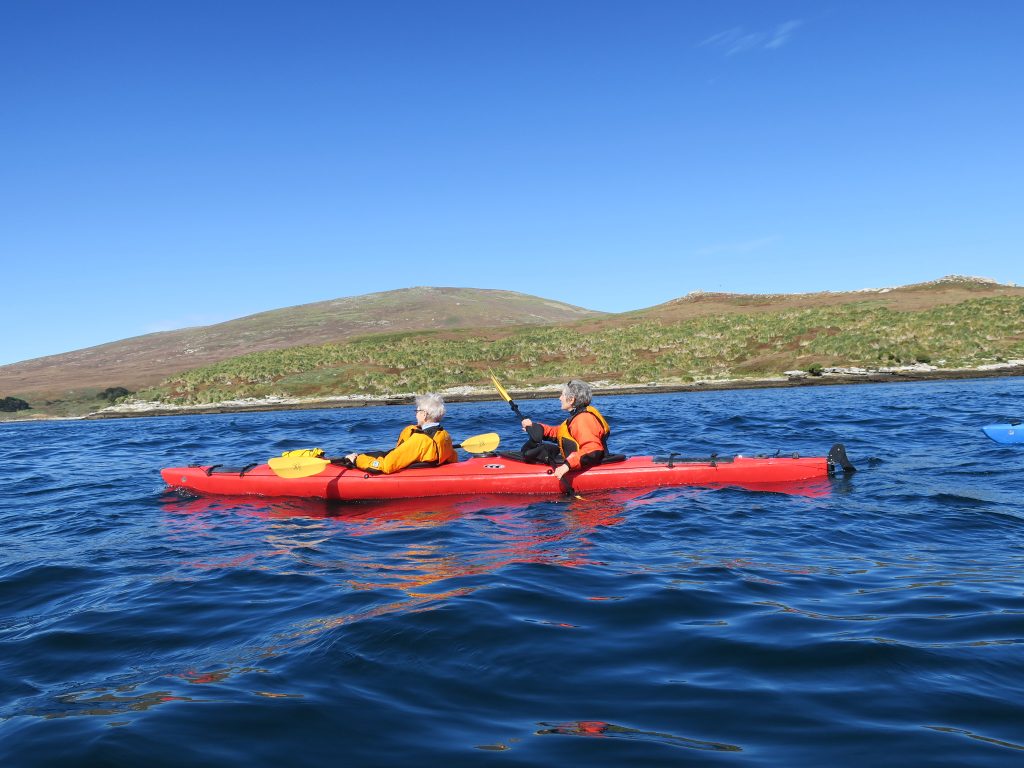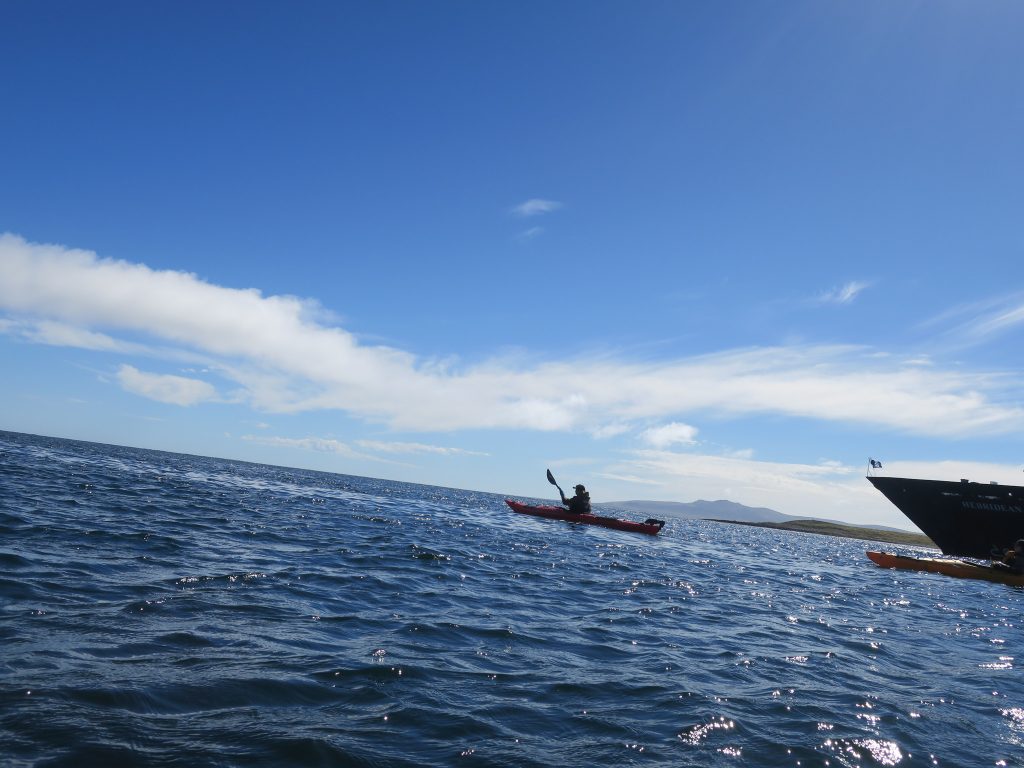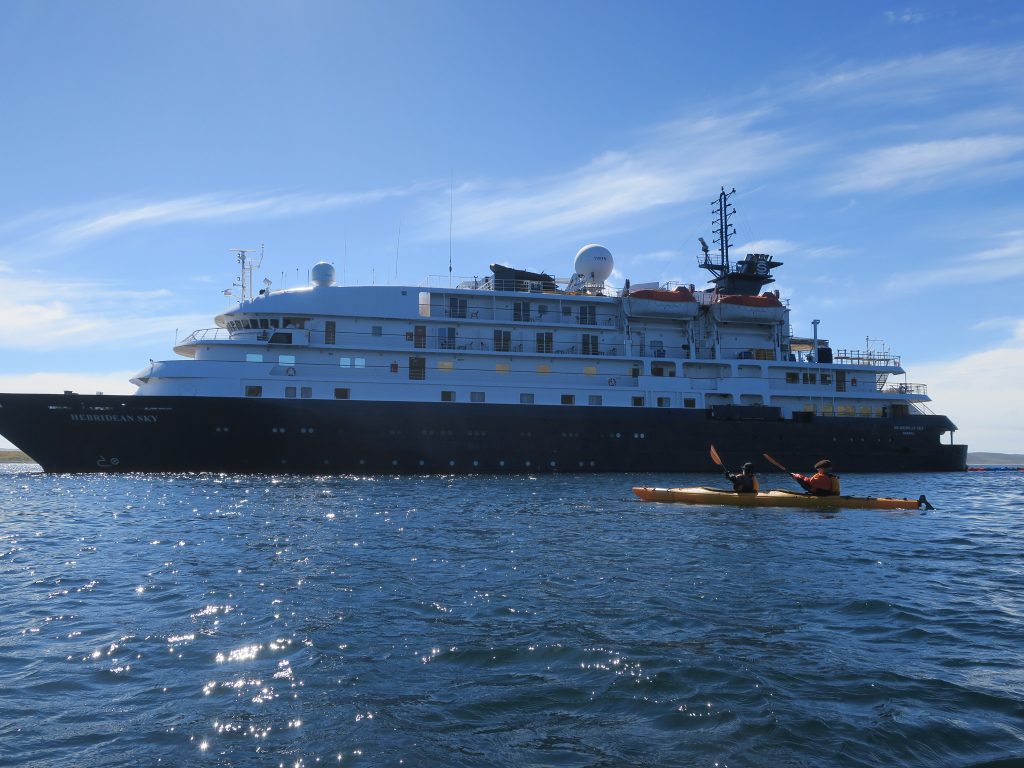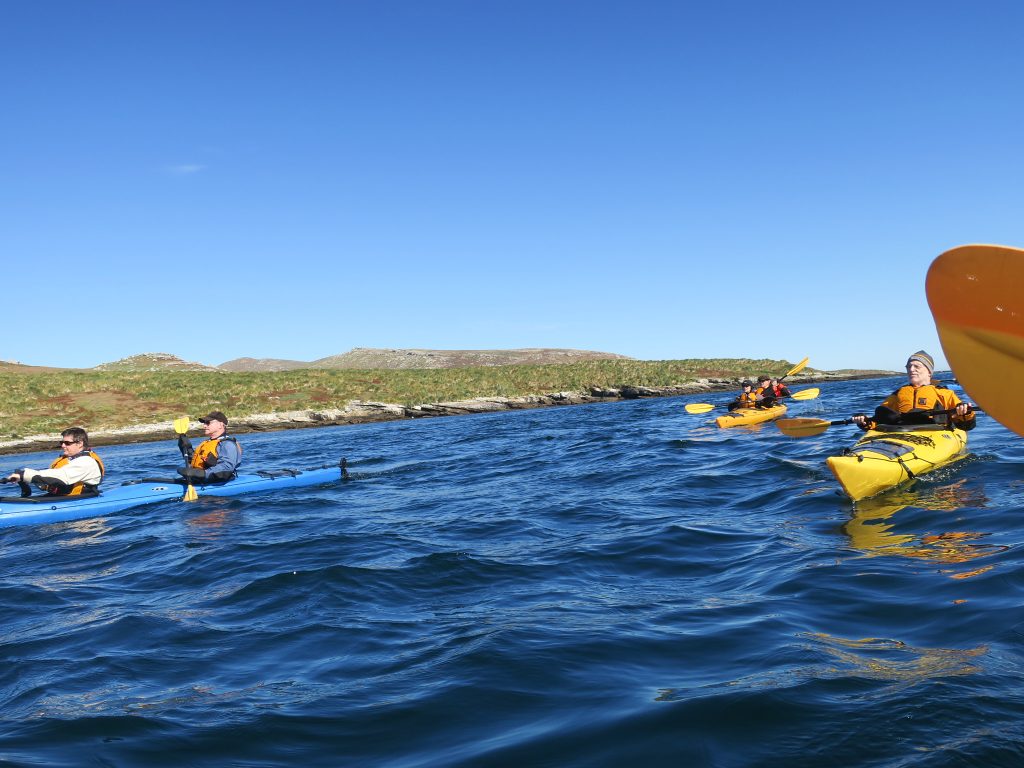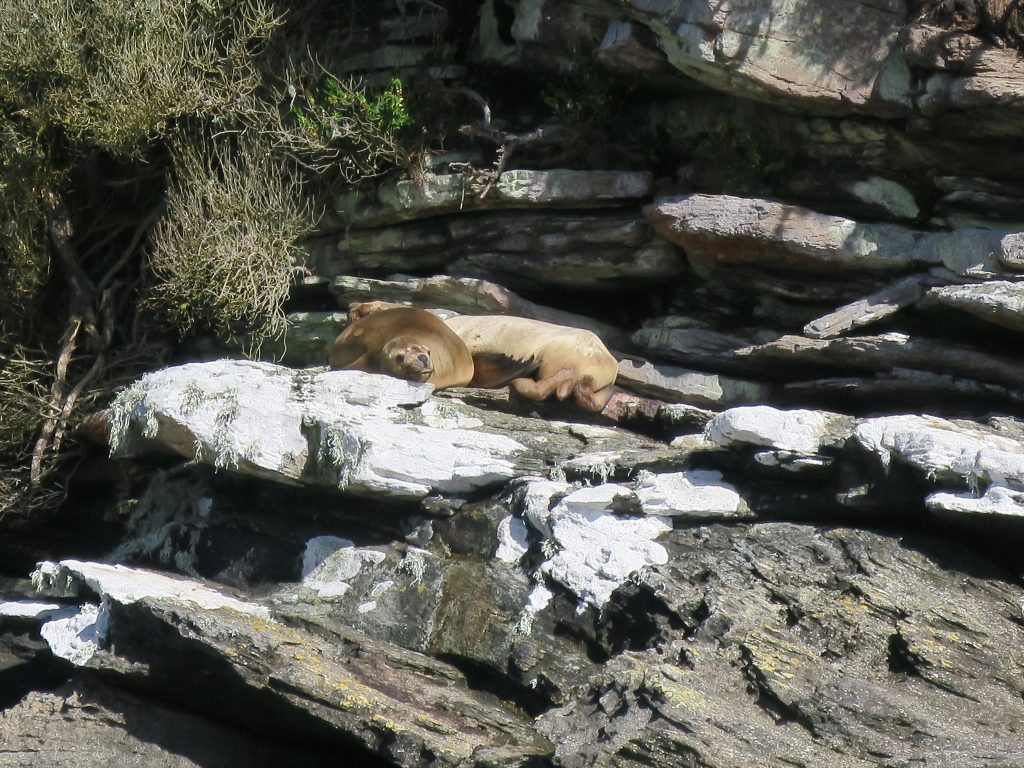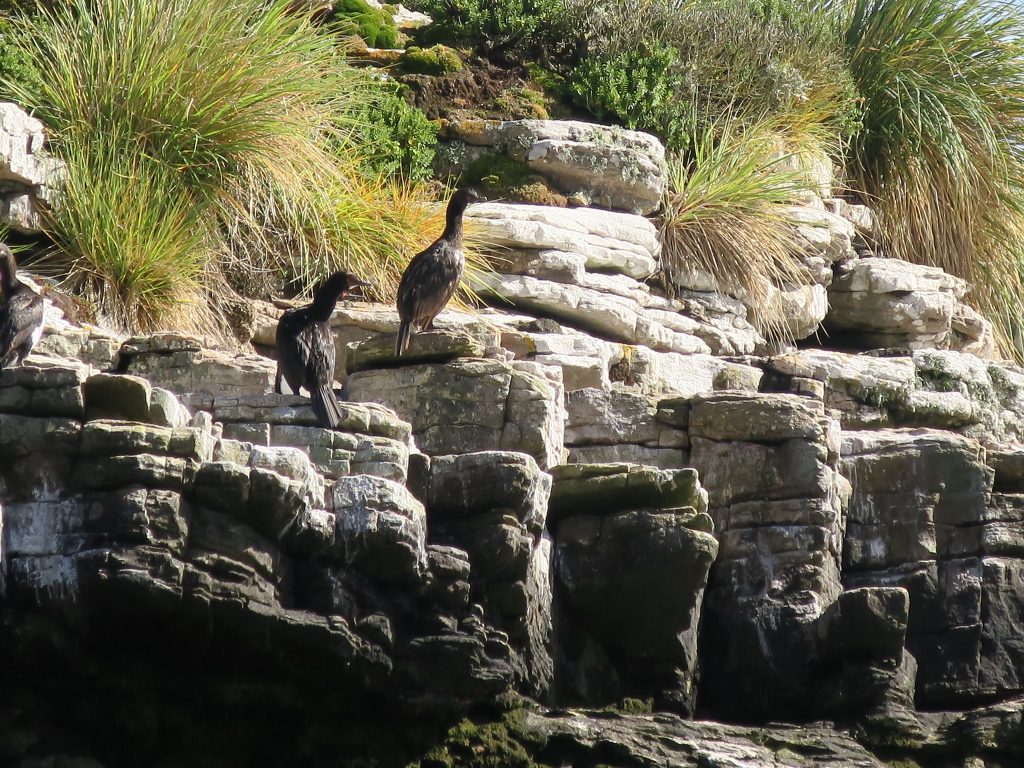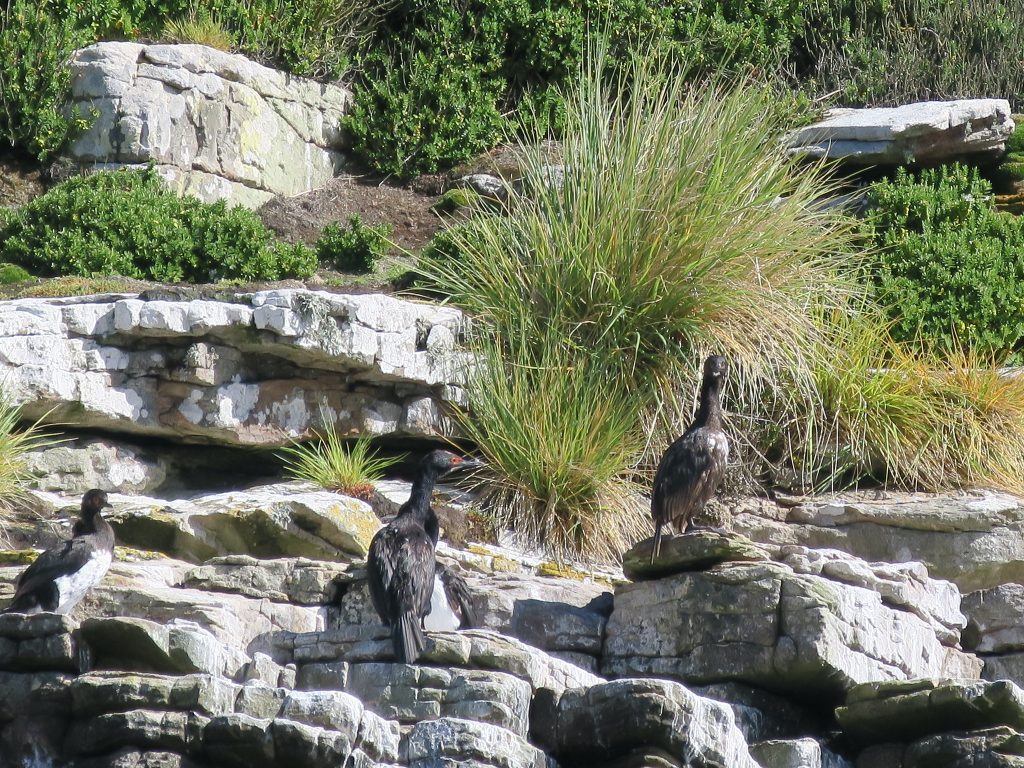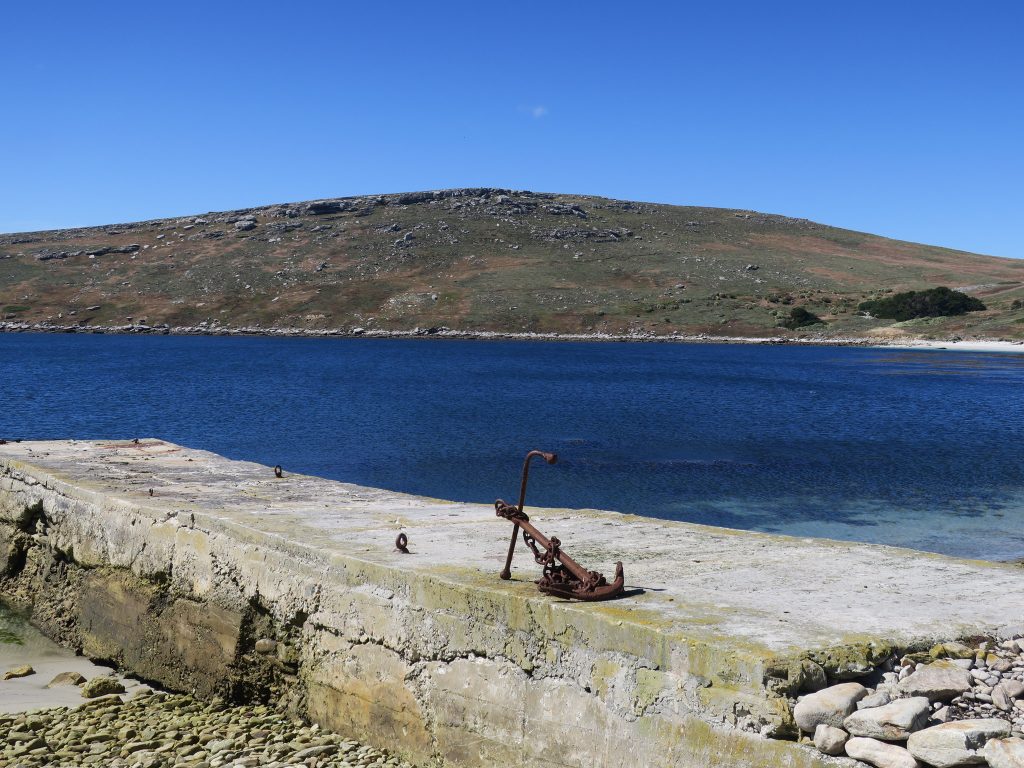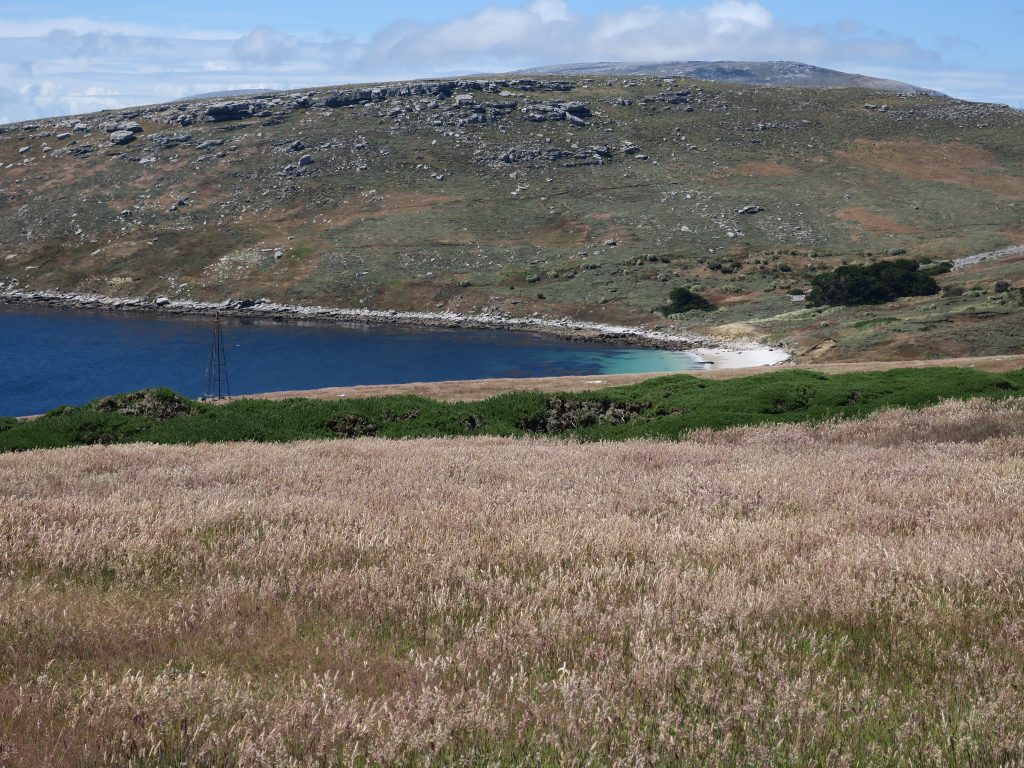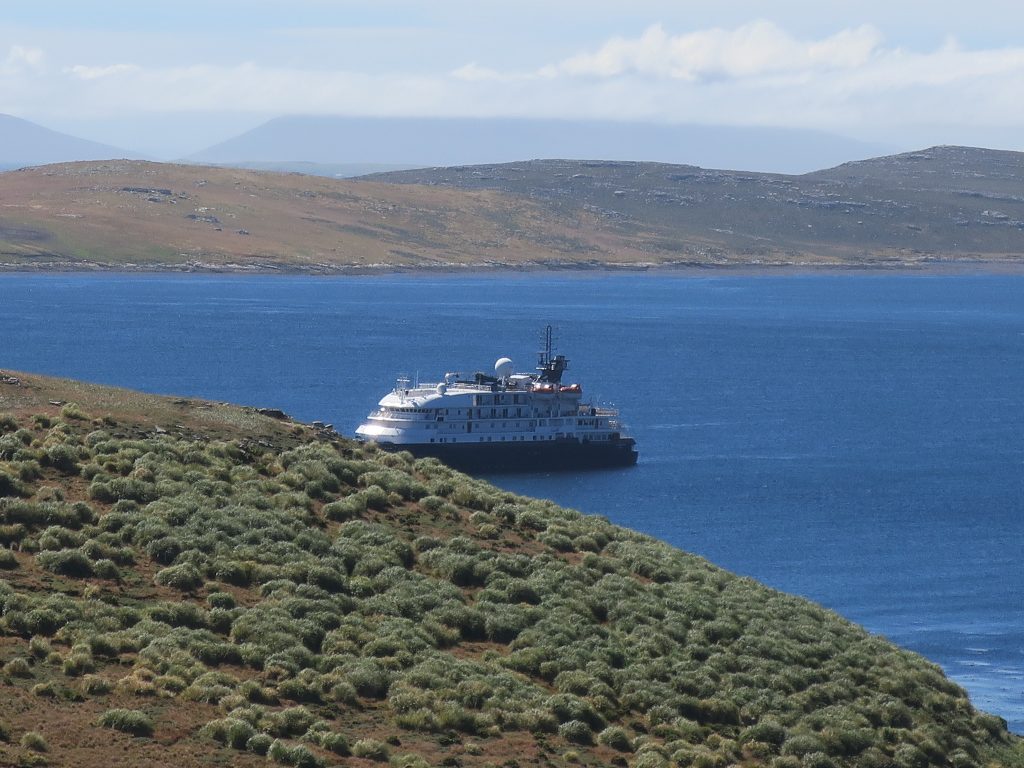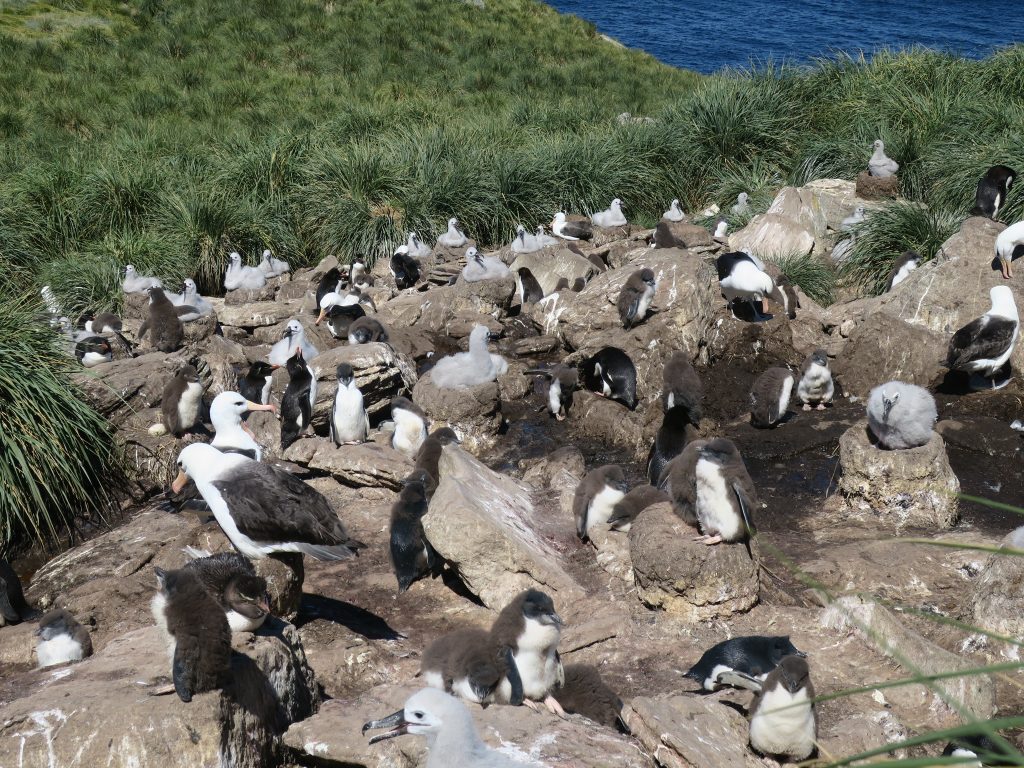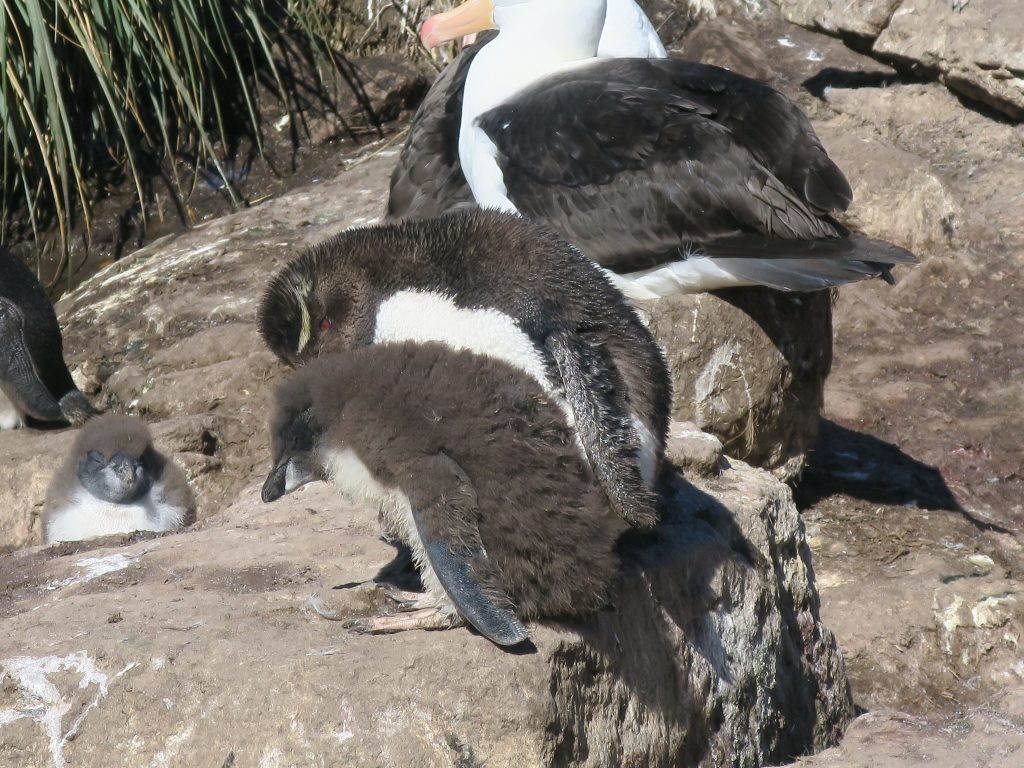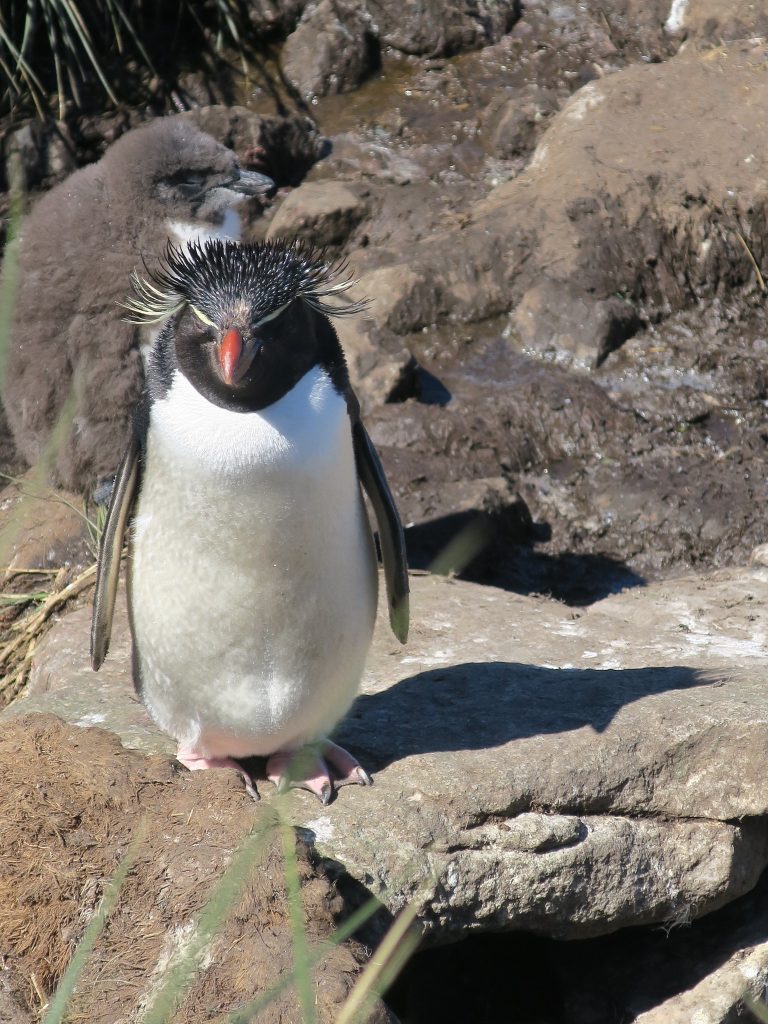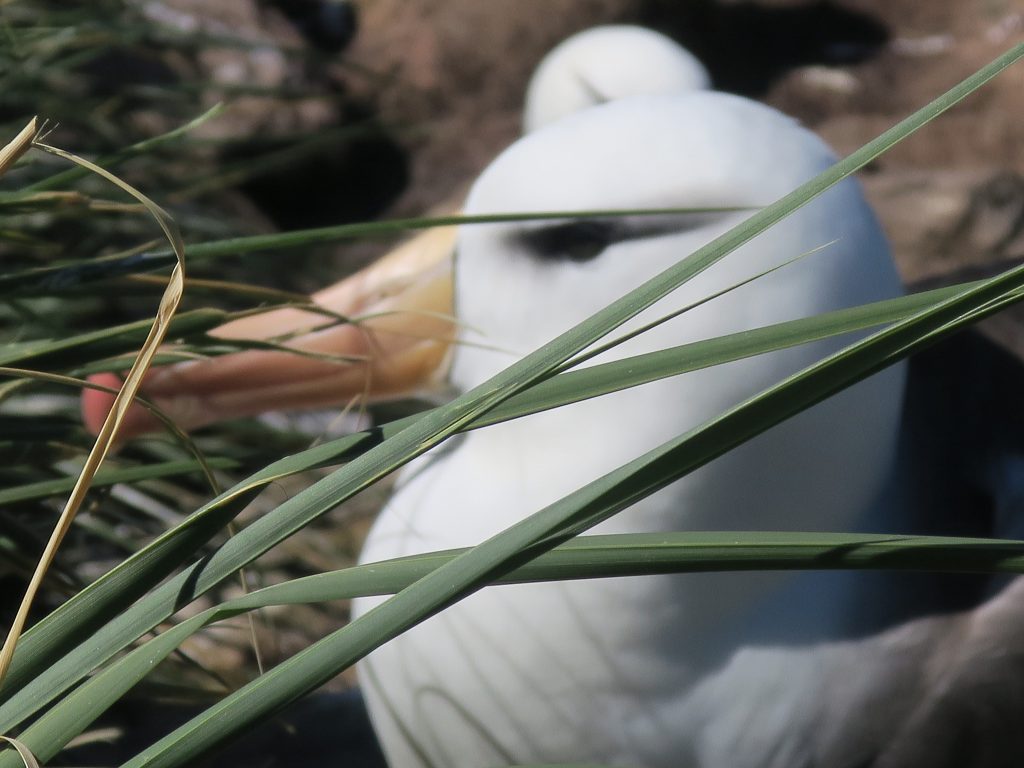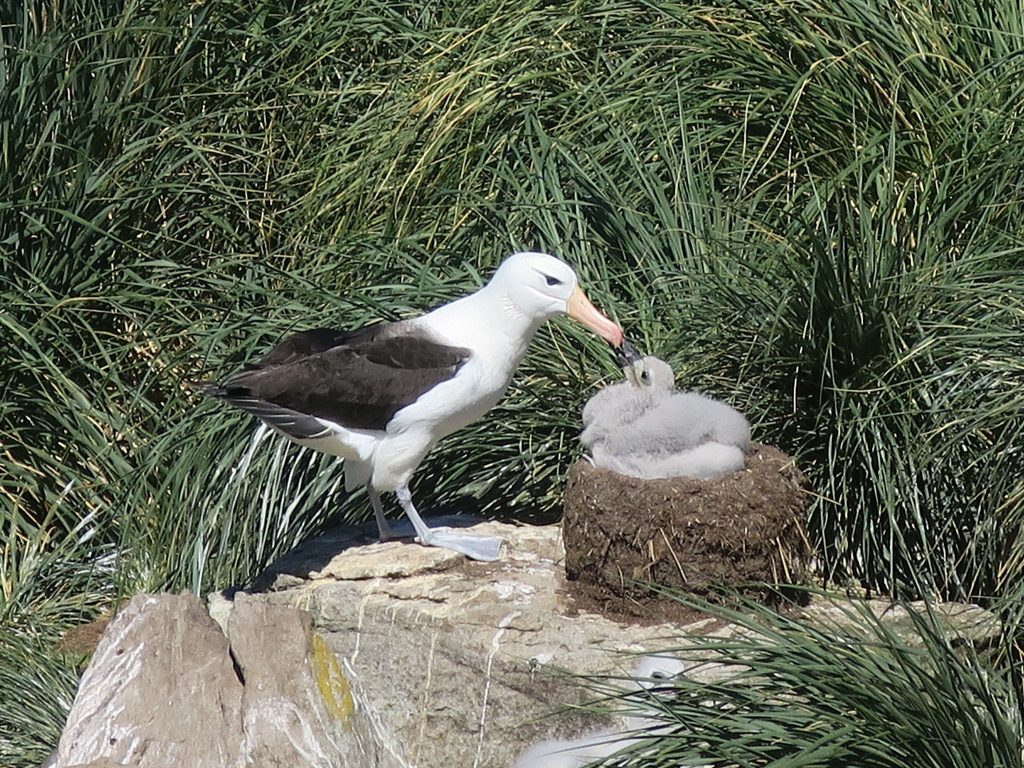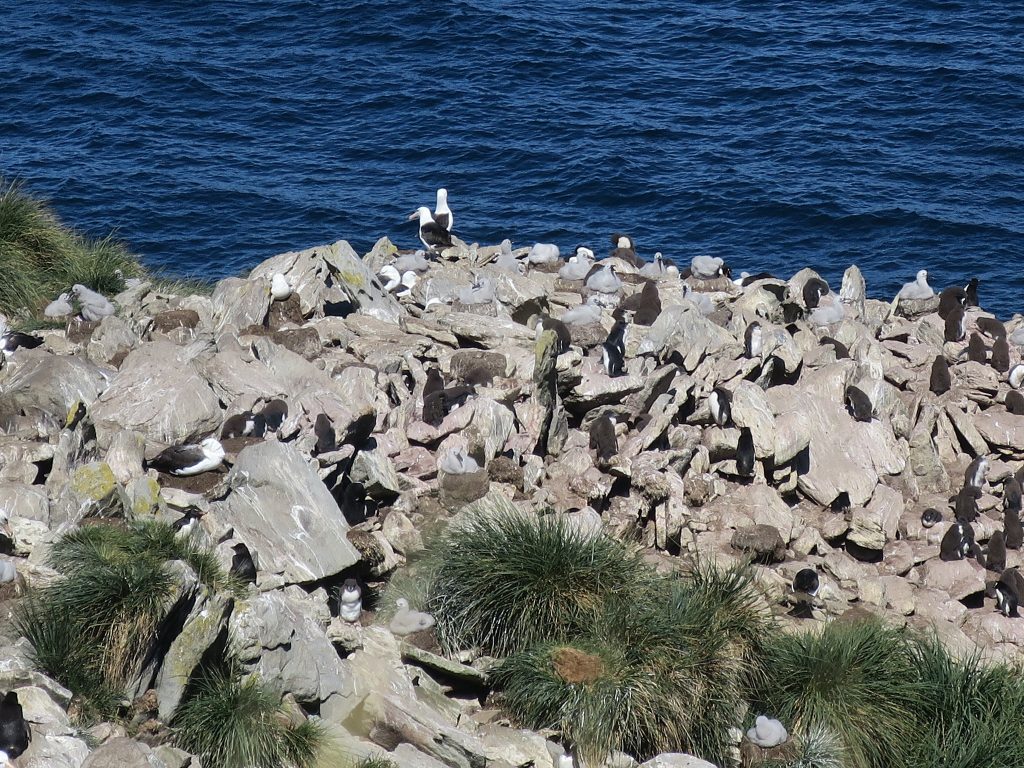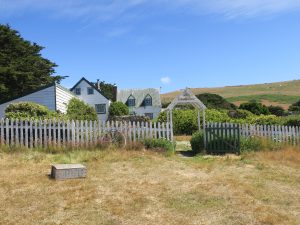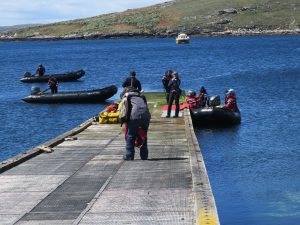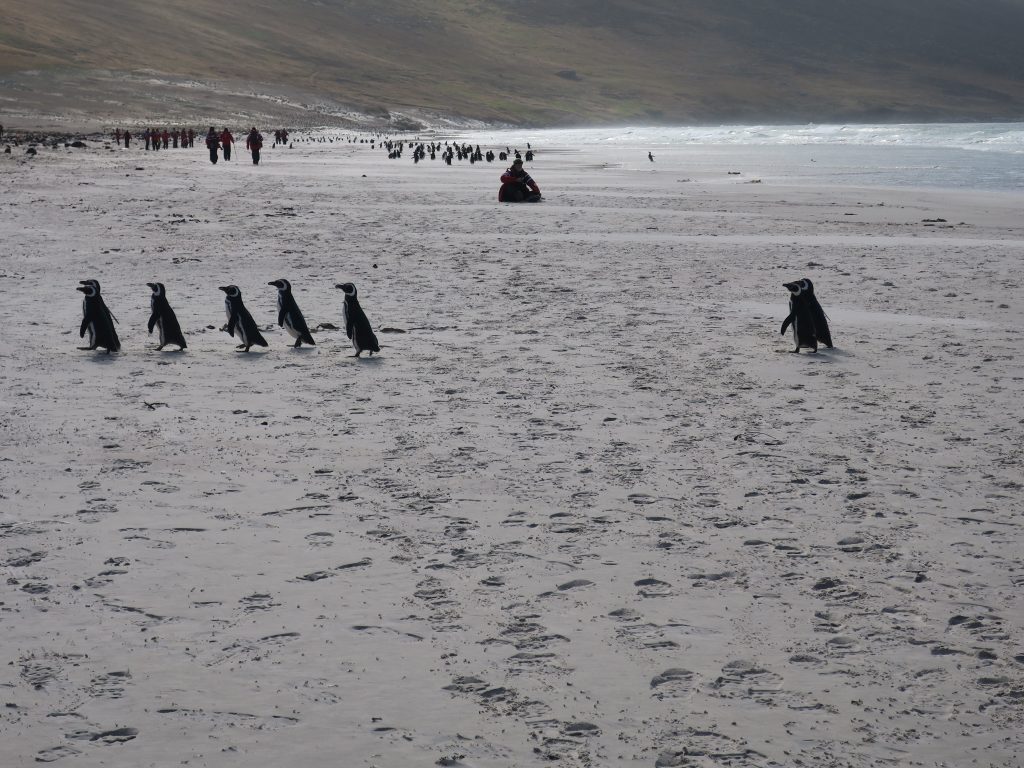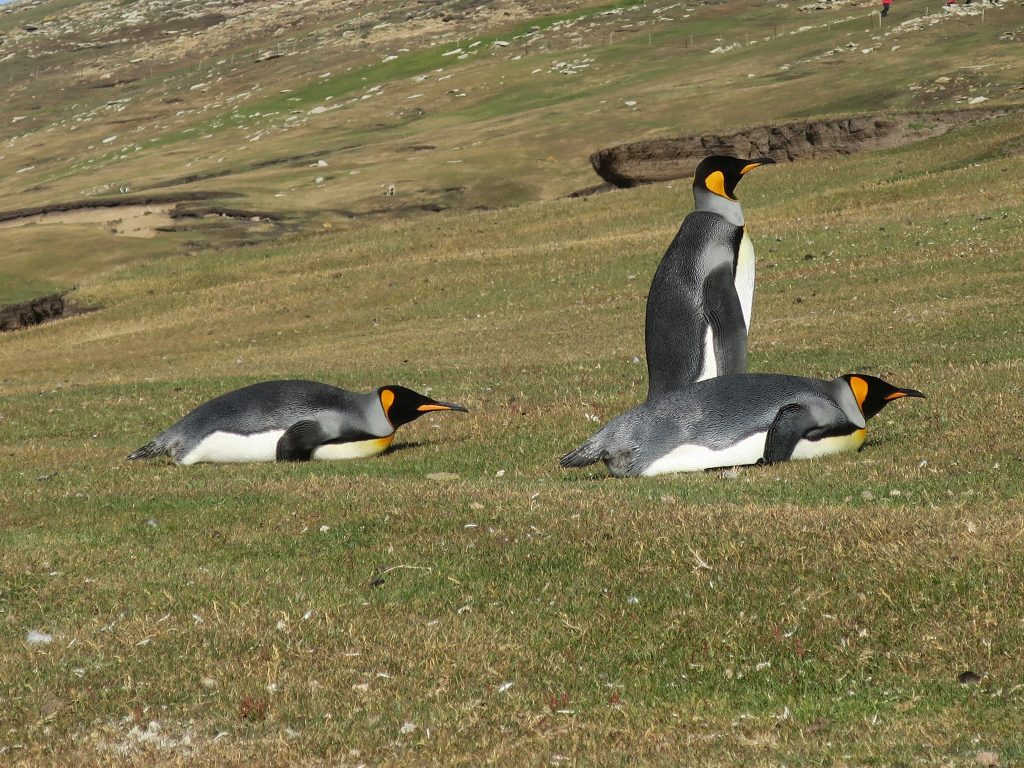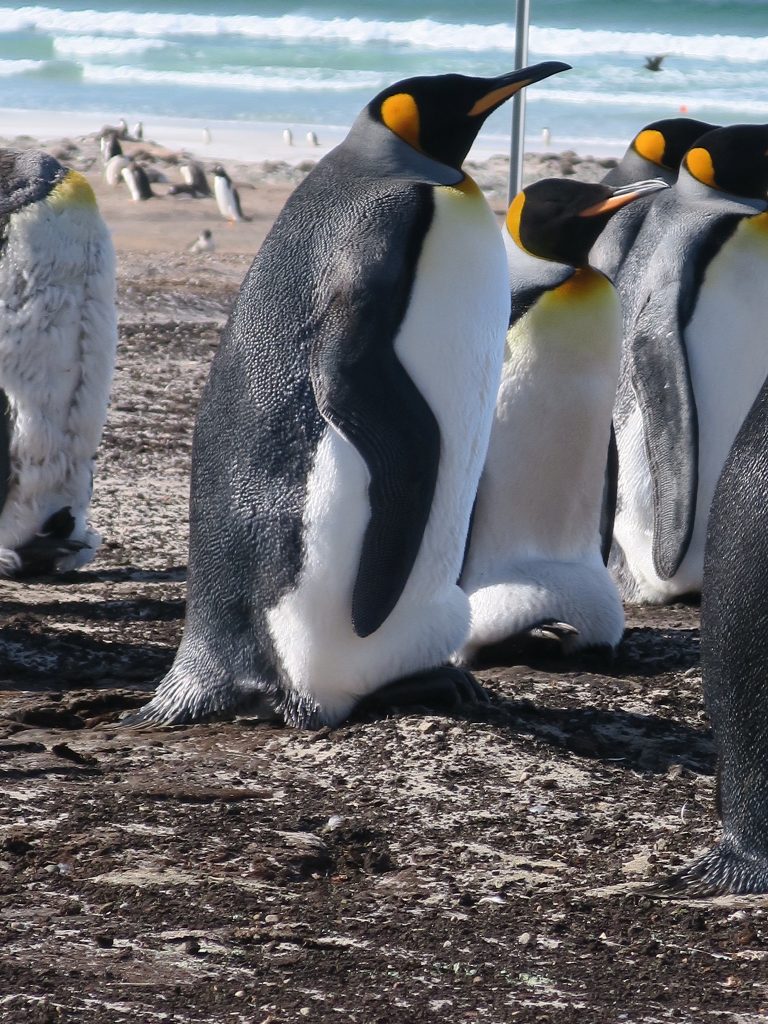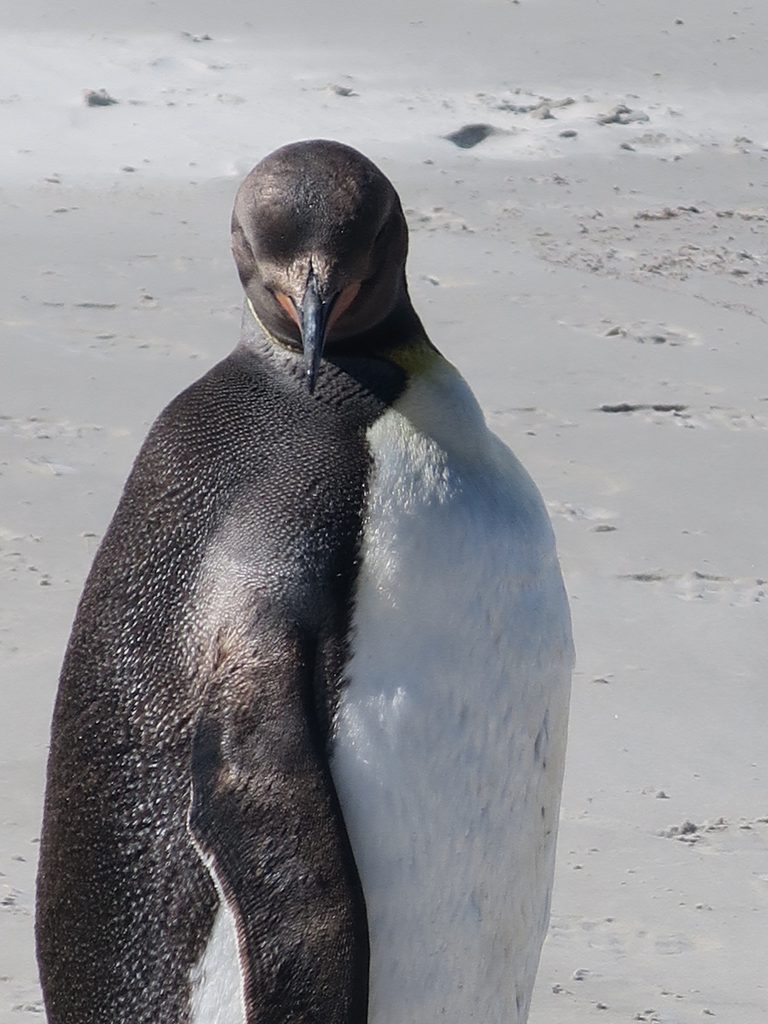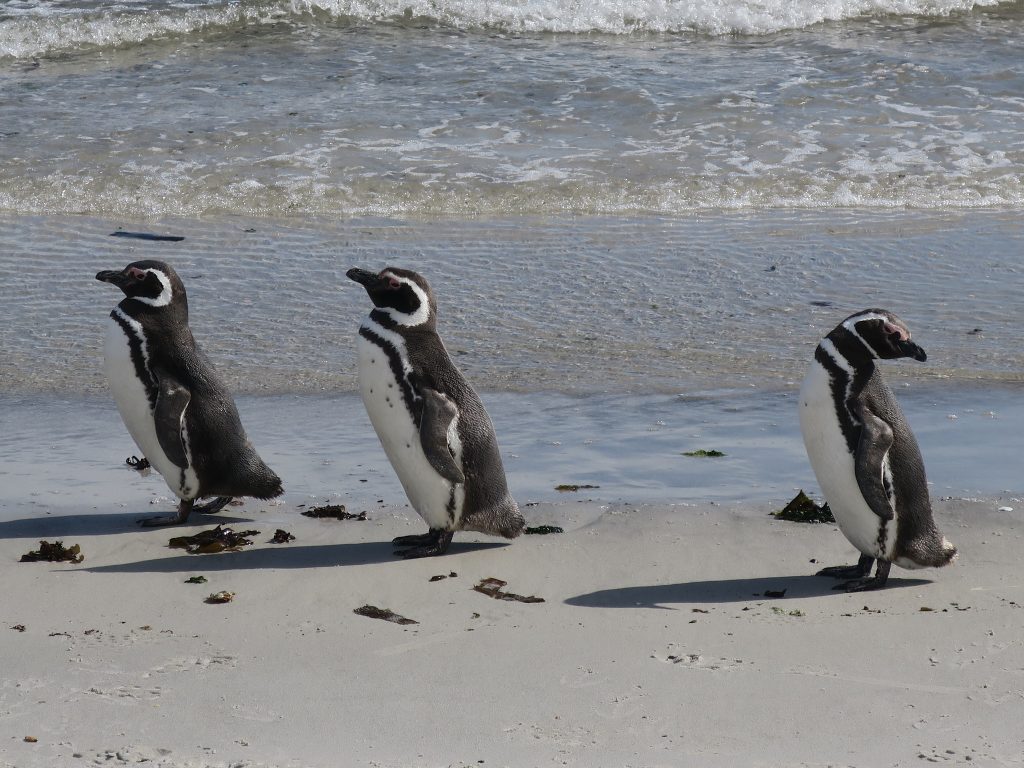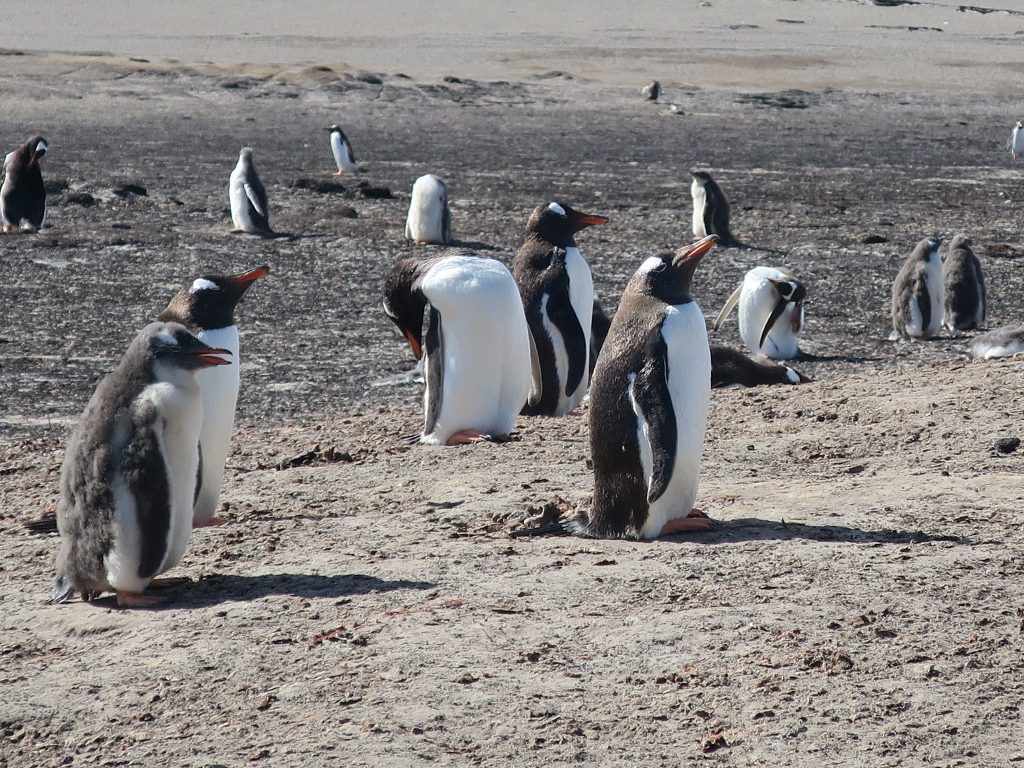Durning the night the ship moved to Stanley, the main town in the Falklands, and was tied up on a dock. The town has about 2,500 inhabitants. They recently had a referendum and decided to maintain their status as a British Overseas Territory. There seems to be a lot of resentment of Argentina. One person we talked to spoke about East Chile rather than say Argentina.
The Falklands are self-sufficient and do not relieve on England for monetary support. England pays for the military base which houses about 3,000 people. The Falklands’ economy is primarily based on fishing licenses. They “own” a circle of 200 miles beyond the islands which is very rich for fishing. The second component of their economy is tourism. They receive about 50,000 tourists a year. They generate about 40% of the power from wind. There are no trees so most of he houses are build from kits shipped in from England. There are quite a few areas that still have land mines from the war Falklands war in 1982. They are slowly but surely being removed.
The island used to be quite important during the whaling days. Ships would round Cape Horn which has very rough seas and then pull into the Falklands for repairs. With less traffic rounding the cape most of that business has dried up. There are quite a few shipwrecks in the harbor. I guess the boat owners couldn’t afford to fix the ships so they just abandoned them.
After breakfast we walked 4 km along the shore towards Gypsy Cove, spotting birds along the way. There were Magellanic penguins on the beach but we couldn’t get close because of potential land mines on the beach. Here are pictures from our walk.
After our walk we took the bus, went to town and had lunch at a pub with Forrest and Anna. There was no menu but there were three choices, fish and chips, chicken and chips, and curry chicken and chips. We had a nice lunch and then Rick played darts with a guy from Ireland. Rick won.
After lunch we walked to a souvenir shop because I think I left my hat at the last hotel so I now have a Falkland Islands hat. We returned to ship once our shopping was done.
We were supposed to leave the dock at 4:00. We were out on deck to watch them cast off. We waited and we waited and no action. There was a bird outside the guard shack who was waiting for some bread. After the guard threw some bread to him he tried to fly away and ended up flying backwards because it was so windy. When he tried to walk he ended up walking sideways because it was so windy.
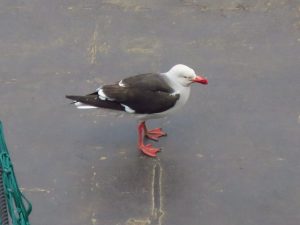
Finally Hayley, our expedition leader, announced a meeting. There was a bad storm with winds over 50 knots headed for the Falklands. Therefore we were going to spend the night at the dock. It wasn’t clear when we would leave the Falklands and the captain would watch the weather and decide when it was safe to leave.
That night we had a speaker from the Falklands give a lecture about the Falklands and her research in the area. They have discovered oil within the territorial sea boundaries of Falklands. Her research is to establish a wildlife baseline and forecast the oil rig impact on wildlife.
